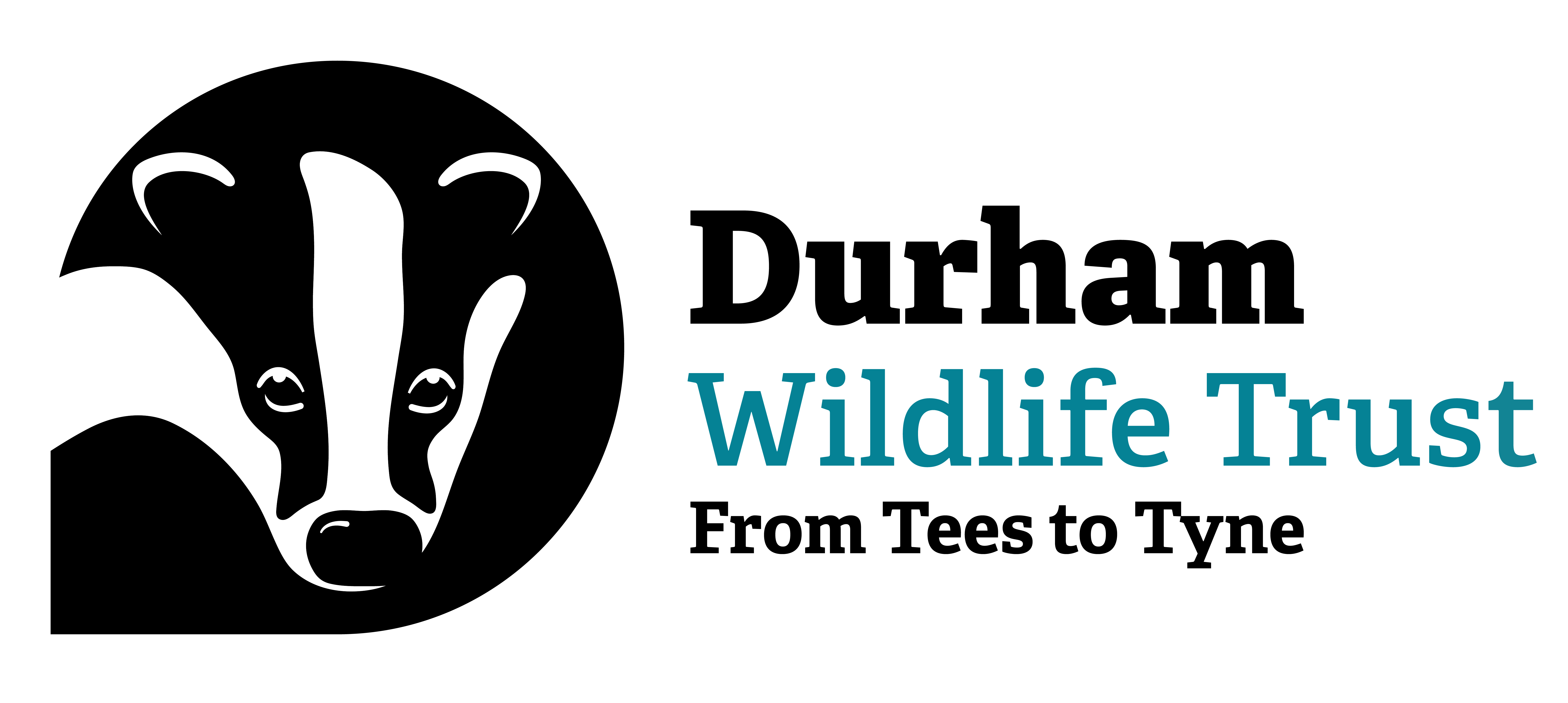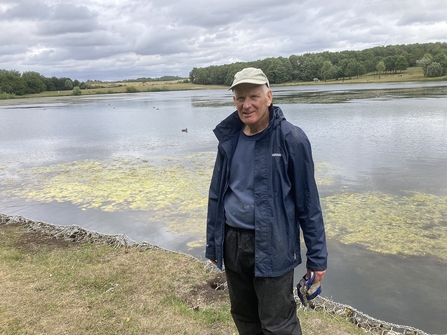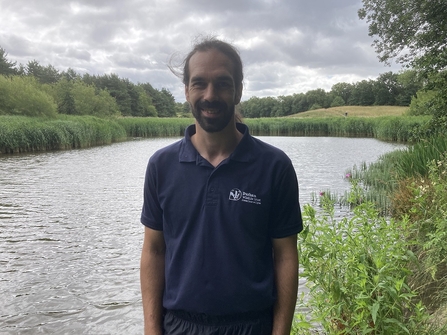TODAY’S task is clearing Himalayan balsam from the overgrown banks of Blossom Pond, and 67-year-old Stephen Brown is in the thick of it.
“I absolutely love it – being around good people wanting to make a difference,” says Stephen during a break from tackling the invasive weed in picturesque Hetton Lyons Country Park, once the site of a busy colliery.
The retired Durham University groundsman has been a volunteer since the start of Links with Nature, a £2.2m initiative to help nature flourish on 13 greenspaces, many of which are former coalmining sites.
And, as a descendant of mining families, he represents a proud link between the past and the future.
Stephen, who volunteers three days a week, is a local lad: raised in Houghton-le-Spring, and now living alone in Hetton, close to the Sunderland-Durham border.







